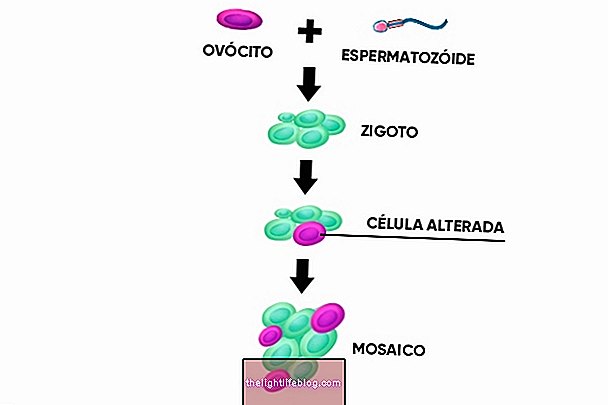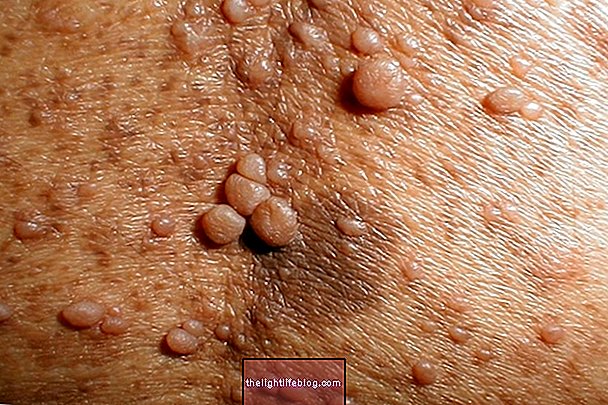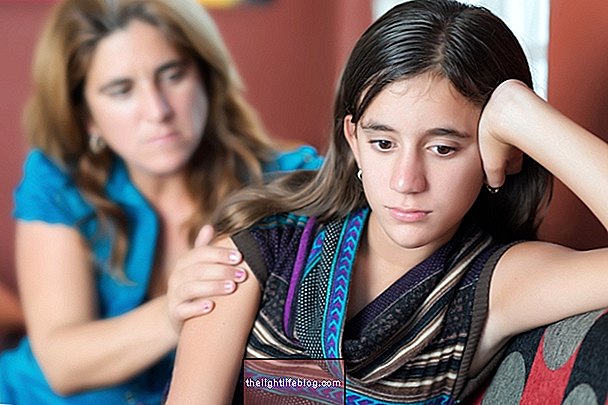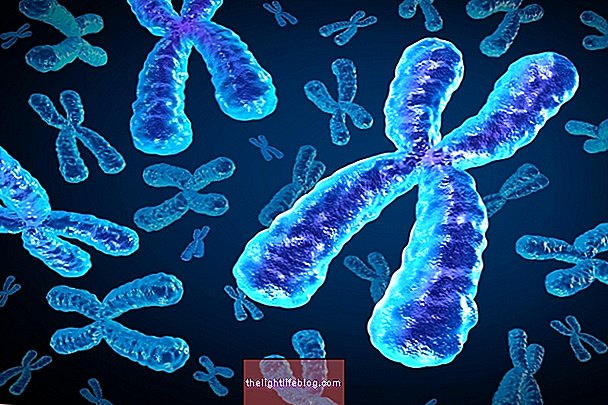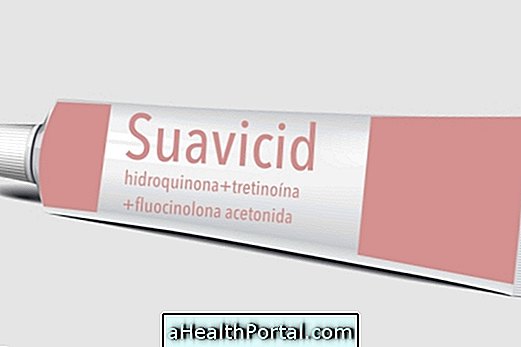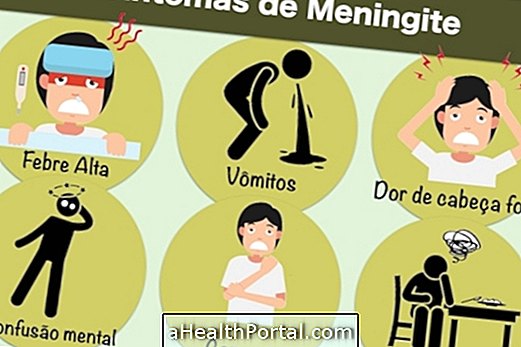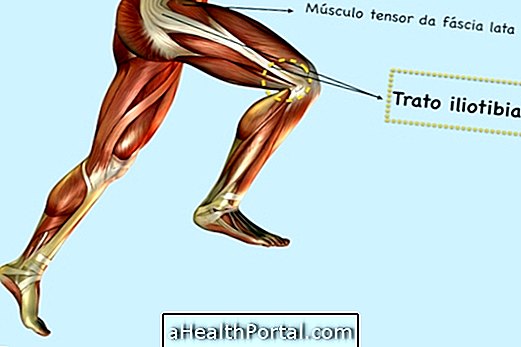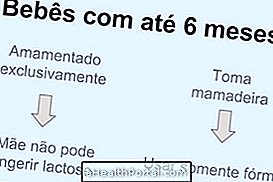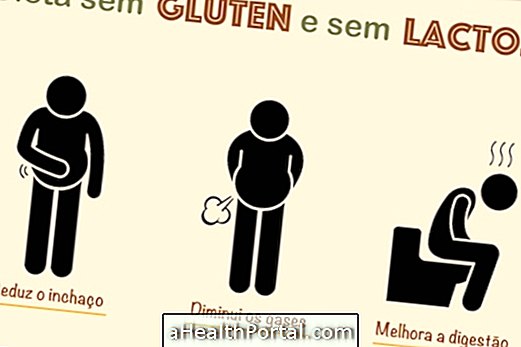Patau's syndrome is a rare genetic disease characterized by the triplication of chromosome 13, which directly interferes with fetal development, resulting in malformations in the nervous system, heart defects and cleft lip and roof of the baby's mouth.
This alteration is more common to happen when the woman is over 35 years old, because there is a greater probability of chromosomal alterations after that age. To investigate Patau's syndrome, ultrasound, amniocentesis or fetal DNA testing in maternal blood may be performed to assess the fetus' chromosomes and, thus, check for the presence of changes.
Normally, babies with this disease survive less than 3 days on average, but there are cases of survival up to 10 years of age, depending on the severity of the syndrome, and it is important in all cases that the baby is accompanied by the pediatrician in order to feed can happen more easily.

Main features
The most common characteristics of children with Patau Syndrome are:
- Severe malformations in the central nervous system;
- Severe mental retardation;
- Congenital heart defects;
- In the case of boys, the testicles may not descend from the abdominal cavity to the scrotum;
- In the case of girls, changes in the uterus and ovaries may occur;
- Polycystic kidneys;
- Cleft lip and palate;
- Malformation of the hands;
- Defects in the formation of the eyes or absence of them.
In addition, some babies may also have low birth weight and a sixth finger on their hands or feet, and may also have changes in the circulatory and urogenital system.
How is the diagnosis
The diagnosis of Patau's syndrome can be made during pregnancy through prenatal examinations, especially in the case of women over 35 years of age, as there is a greater risk of chromosomal changes after that age.
Thus, if changes are noticed during the performance of ultrasonography, laboratory tests may be indicated in order to identify the presence of fetal DNA circulating in the maternal blood and, thus, it will be possible to evaluate the chromosomes and identify possible changes. In addition, amniocentesis can also be performed to confirm the diagnosis.
After birth, the diagnosis of Patau syndrome can be made through the evaluation of the characteristics presented by the baby, the result of imaging tests and cytogenetics, which is a laboratory genetic examination in which the chromosomes are observed, and it is possible to notice the trisomy chromosome 13 characteristic of this syndrome.
How the treatment is done
There is no specific treatment for Patau's syndrome, however the treatment indicated by the pediatrician aims to relieve discomfort and facilitate baby's feeding, as well as alleviating other symptoms that may arise.
In addition, it may also be necessary to perform surgery to repair heart defects or cracks in the lips and roof of the mouth and to do physical therapy, occupational therapy and speech therapy sessions, which can help in the development of children.
Was this information helpful?
Yes No
Your opinion is important! Write here how we can improve our text:
Any questions? Click here to be answered.
Email in which you want to receive a reply:
Check the confirmation email we sent you.
Your name:
Reason for visit:
--- Choose your reason --- DiseaseLive betterHelp another personGain knowledge
Are you a health professional?
NoMedicalPharmaceuticalsNurseNutritionistBiomedicalPhysiotherapistBeauticianOther
Bibliography
- ROSA, Rafael F. M .; SARMENTO, Melina V .; POLLI, Janaina B. Gestational, perinatal and familial findings of patients with Patau syndrome. Rev Paul Pediatr. Vol 31. 4th ed; 459-465, 2013
- AMARAL, Ana Cecília; ACIOLI, Maria Luisa B .; NETO, Miguel Felipe A. Patau syndrome: report of a case of complete trisomy of chromosome 13. Health Education Magazine. Vol 7. 2 ed; 199-201, 2019
